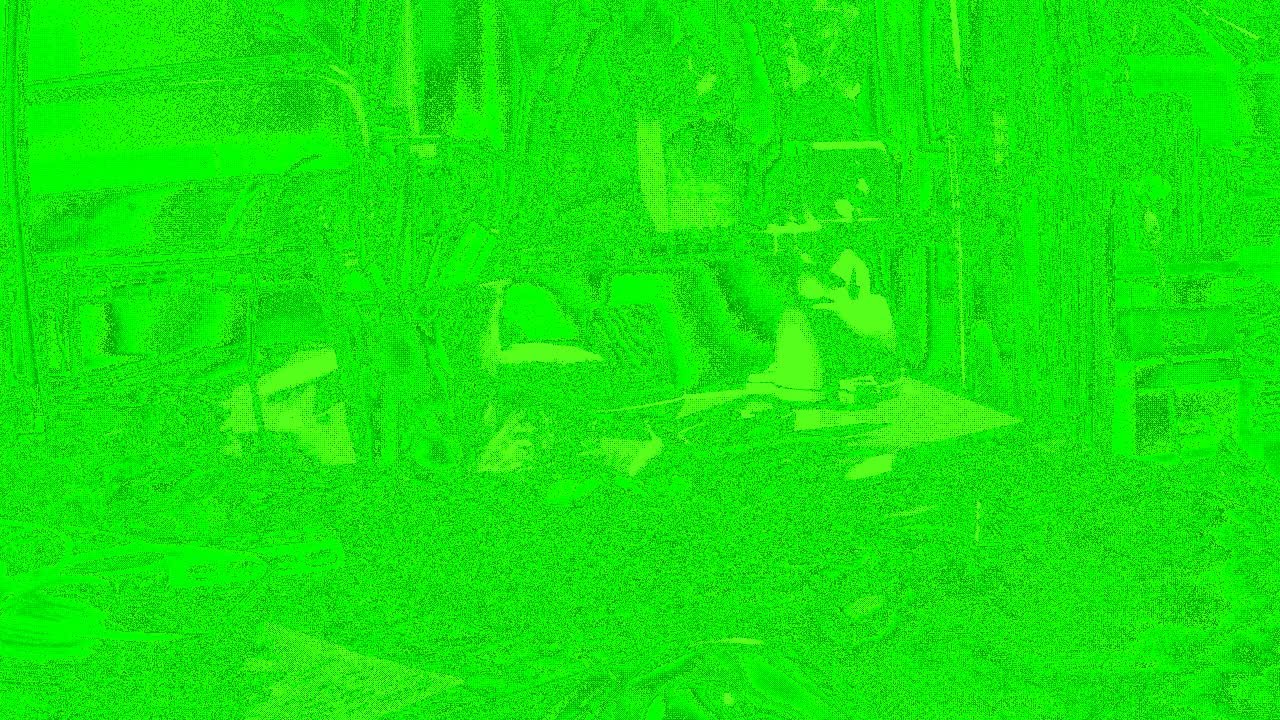I'm using OpenCV 2.4.8.2 with V4L2 connected to a UVC camera that claims to provide "raw" video. I've attached a (jpeg compressed) shot from a single frame provided by opencv's VideoCapture:

If I run:
$ v4l2-ctl -V
Format Video Capture:
Width/Height : 1280/720
Pixel Format : 'YUYV'
Field : None
Bytes per Line: 2560
Size Image : 1843200
Colorspace : Unknown (00000000)
$v4l2-ctl --list-formats
ioctl: VIDIOC_ENUM_FMT
Index : 0
Type : Video Capture
Pixel Format: 'YUYV'
Name : YUV 4:2:2 (YUYV)
This appears to be a Bayered image, but opencv's VideoCapture has already split it into BGR24 format. Looking at cv:demosaicing I see that all of the Bayer2Foo methods require a source image has only one channel ...but the image VideoCapture provides already has three channels.
Digging deeper into the VideoCapture sources, it appears that opencv's icvRetrieveFrameCAM_V4L immediately performs yuyv_to_rgb24 on any video source with a detected palette of YUYV. My guess is that bayer2rgb24 would be more appropriate in this case, but I don't see a way to tell icvRetrieveFrameCAM_V4L to try that instead.
Any suggestions on a path forward here? I can't really change what the camera outputs, and apparently icvRetrieveFrameCAM_V4L will always generate BGR24. Is there a straightforward way to map this BGR24 format back to a format that can be demosaiced/debayered? The only alternative I can see is to write our own custom driver to pull images from the camera and skip VideoCapture altogether.
Thanks for any help!

